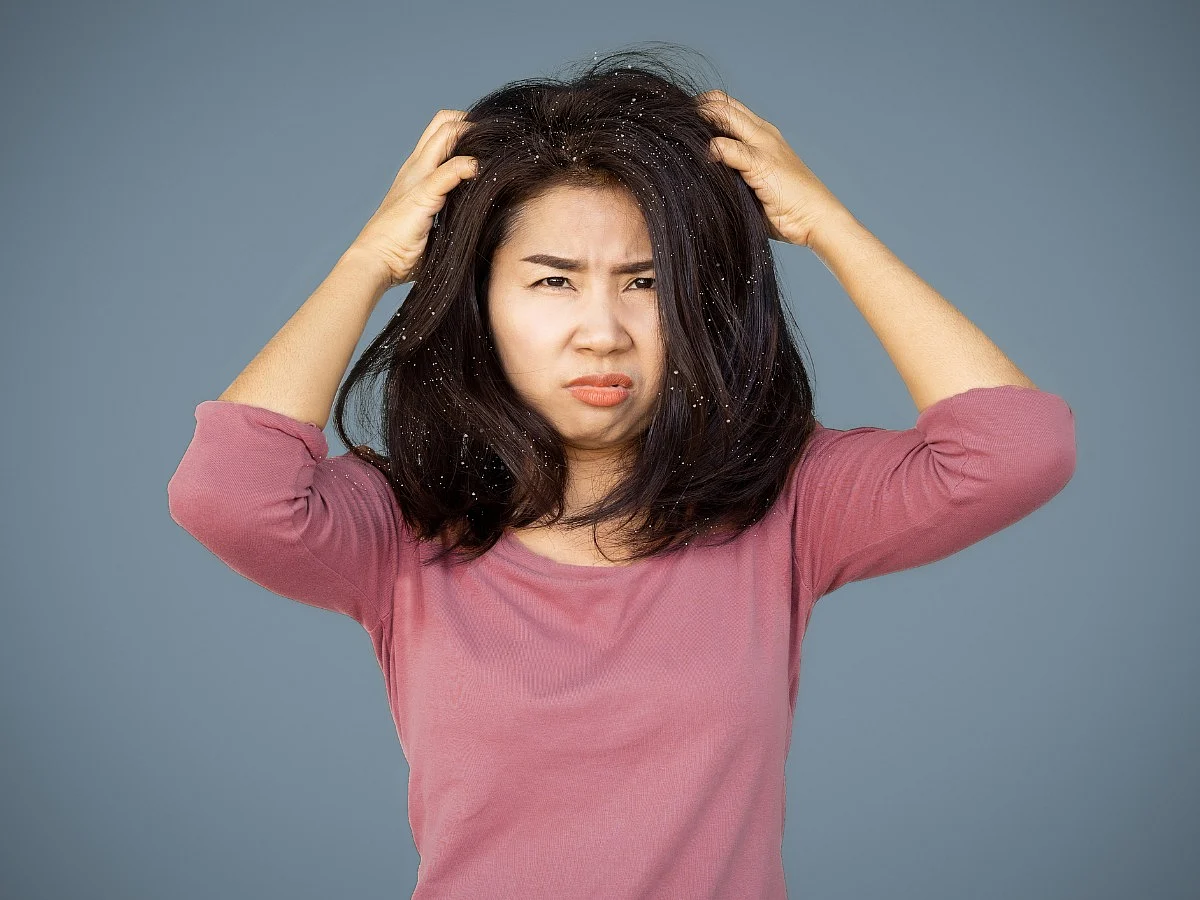Scalp Yeast Infection: Causes, Symptoms, Diagnosis, Treatment, and Prevention
Scalp yeast infection can result in hair loss. Know the causes, symptoms, diagnosis, and treatment

advertisement
A scalp yeast infection is occurs when their is overgrowth of yeast on the skin of your head, meaning the scalp. A yeast infection on the skin is called candidiasis, a fungal infection that can develop anywhere in or on your body and it is caused by the yeast named Candida.
Yeast is a type of fungus. The skin naturally has various types of fungus living on it like Candida being one of them. This is normal and doesn’t usually cause any problems. But when Candida has the chance to gather, it can go deep beneath the surface of your skin thus resulting in a skin infection.
It can develop anywhere where the part is moist and devoid of free flow of air. Small cuts on the scalp also provide an entry to the fungus and they can get below the surface. Let's know about the causes, symptoms, diagnosis, treatment, and prevention of scalp yeast infection.
Scalp Yeast Infection: Causes
A yeast called Candida is responsible for the scalp yeast infections or candidiasis. Candida grows and thrives in warm, damp environments. Though the scalp has a natural balance of yeast and bacteria, at times the balance may go off giving them an opportunity to collect. The overgrowth of yeast is caused due to:
Hot and humid climates.
Personal grooming products that contain harsh chemicals.
Small cuts on the scalp.
Skin conditions like intertrigo and psoriasis.
Follicular occlusion syndrome, hair follicles getting blocked by keratin, a protein in your hair that rupture and cause inflammation.
Excessive sweating
Scalp Yeast Infection: Symptoms
A scalp yeast infection can result in itchy rash on the scalp that may appear red or purple and appear in patches of various shapes. The rash may crack or take the form of crusts leading to hair fall. Noticeable symptoms include (Healthline)
Flaky, white scales.
Shedding.
Thick white or yellow greasy patches.
Soft and white moist areas.
Pus-filled pimples.
fatigue
digestive issues
urinary tract or genital irritation
white, painful lesions in the mouth, known as oral thrush
sinus pain
Scalp Yeast Infection: Diagnosis
Your doctor may perform a physical examination and loo at your scalp to confirm a yeast infection. He may look for red or purple patches on your scalp.
Your doctor may also take a sample of the infected area to run a test. They may use a tongue depressor or scalpel to gently scrape some of the skin off your scalp and look at the it under a microscope. They may also place the sample in a culture to grow them so as to determine the type of fungus.
Scalp Yeast Infection: Treatment & Prevention
Treatment for the scalp yeast infection may include (MedicalNews Today)
An antifungal medication.
An antifungal shampoo, foam or ointment.
Over the counter antifungal medications
Prescription based medicines in cases of severe scalp infection
According to doctors of Mayo Clinic, few ways to prevent scalp yeast infection include:
Keep your scalp clean and dry.
Practice good hygiene.
Limit your use of antibiotics and steroids.
Wear hats, hoods and scarves only when necessary.
Eat a healthy diet, avoid sugars, starches and alcohol
(At The Quint, we question everything. Play an active role in shaping our journalism by becoming a member today.)